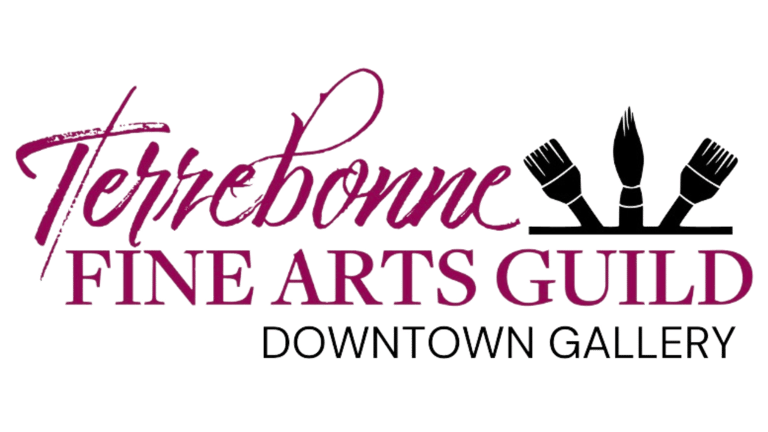Mastering the Art of Mixing Greens: An Essential Tip for Artists
Green hues hold a pivotal role in the artist's palette, particularly when depicting environments rich in flora. From forests to fields, the diverse array of greens not only captures the essence of nature but also evokes feelings of freshness and vitality in artworks. Choosing the right shades of green can transform a painting, enhancing its overall appeal and inviting viewers to engage with the piece on a deeper level.
Karen Kelly inspired


Understanding the Importance of Green Hues in Art
Green hues hold a pivotal role in the artist's palette, particularly when depicting environments rich in flora. From forests to fields, the diverse array of greens not only captures the essence of nature but also evokes feelings of freshness and vitality in artworks. Choosing the right shades of green can transform a painting, enhancing its overall appeal and inviting viewers to engage with the piece on a deeper level.
The variety of green tones available allows artists to represent different seasons, times of day, and atmospheres. For example, a vibrant lime green can convey springtime's energy, while a muted olive green may evoke a serene autumn setting. Understanding and utilizing these shades help artists portray depth and dimension, creating lifelike representations that resonate with the audience. Furthermore, the interplay of light and shadow on green surfaces can enrich the visual experience, making use of highlights and undertones to suggest volume and texture.
In addition to conveying realism, incorporating an extensive palette of green hues reflects an artist's awareness of the natural world. This not only enhances the authenticity of the artwork but educates viewers about the variety of greens present in nature. Artists can experiment with mixing colors to create custom shades, resulting in unique interpretations of familiar landscapes. The skillful combination of green pigments can bring a painting to life, making the viewer feel as though they are stepping into the scene rather than merely observing it from a distance.
Ultimately, mastery over green hues enriches both the technical and emotional aspects of a painting, establishing a compelling connection with the audience. As artists deepen their understanding of the importance of these colors, they become better equipped to express themes of renewal and growth, integral concepts within the natural world and artistic endeavors alike.
Starting with Black and Yellow: A Step-by-Step Approach
When embarking on the journey of mixing greens, starting with fundamental colors is essential for achieving a wide range of hues. One effective method is to combine black and yellow, which can yield diverse olive-green shades. Begin by preparing your palette. Lay out small dabs of black and yellow paint, ensuring they are easily accessible for blending. This initial setup allows for an organized approach, making the process efficient.
Next, take a palette knife or a brush, and gently pick up a small amount of black paint. Be cautious, as black is a powerful pigment and can dominate the mixture. To create a balanced green tone, gradually introduce yellow paint to the black. The objective here is to drag the colors together; this technique blends the two hues, creating a spectrum of greens from grayed olive to richer tones. As you experiment, note how the proportions of each color affect the resulting hue.
Throughout this process, observe that varying the amount of black will lead to different results. For instance, a larger quantity of black will yield a more muted, darker olive-green, whereas a greater proportion of yellow will produce a brighter, livelier green. This foundational step in mixing greens is crucial, as it not only helps artists understand color relationships but also serves as a springboard for further exploration into the green palette.
Once comfortable with this initial blend, you can begin to explore additional colors to enhance your greens. Using the knowledge gained from mixing black and yellow will empower you to confidently create the myriad shades of green that are essential in your artistic journey. Through practice, you will refine your skills and discover the versatility of greens in your artwork.
Experimenting with Blues and Yellows: Expanding Your Green Palette
To master the art of mixing greens, it is essential to explore the vibrant spectrum of blues and yellows. By combining different shades of blue, such as cerulean blue, cobalt blue, and ultramarine blue, with various yellows including yellow ochre, you can create a diverse array of greens that bring depth and character to your artwork. Each combination not only alters the hue but also influences the overall mood and tone of your piece.
Starting with cerulean blue, when mixed with a cool yellow like lemon yellow, the resultant green is typically bright and lively. This vibrant green can be ideal for capturing the freshness of spring foliage. Conversely, pairing cerulean blue with the more muted yellow ochre yields a softer, earthy green, reminiscent of summer landscapes. Experimenting with varying proportions of each color will enable you to fine-tune the result to align with your artistic vision.
Cobalt blue presents another unique opportunity; when blended with a warm yellow such as cadmium yellow, the green produced is rich and glowing, perfect for depicting vivid natural elements. Alternatively, mixing cobalt blue with yellow ochre produces a tranquil, muted green that may evoke a sense of calm, ideal for more introspective pieces. Keep in mind that the interaction between the yellows and blues can shift dramatically based on the ratios used, encouraging further experimentation.
Ultramarine blue is particularly striking when mixed with bright yellows. Its depth creates dark, intense greens that can be very effective in capturing shadows in foliage. On the other hand, ultramarine mixed with yellow ochre can create a complex, dark green, adding layers of dimension to your artwork. By systematically experimenting with these combinations, artists can unlock a greener palette that not only enhances their technical skills but also enriches their creative expression.
Applying Your Mixed Greens in Paintings: Techniques and Tips
Incorporating mixed greens into your artwork can significantly elevate the overall quality and depth of your paintings, especially in landscapes and still life compositions. The various shades of green, when applied thoughtfully, can create a sense of realism and vibrancy. To effectively use your mixed greens, consider the context of your subject matter and the play of light within the scene.
One effective technique is layering. Start with a base layer of a lighter green, which can serve as the foundation for your foliage or grassy areas. Once the base has dried, applying darker greens can add dimension and texture. For instance, when painting a forest, start with yellow-green tones to depict sunlit areas and follow up with deeper, cooler greens to represent shaded spots. This method creates a natural look, as it mimics how light interacts with different surfaces in nature.
Blending is another essential technique for achieving smooth transitions between greens. Use a soft brush or a palette knife to gently mix the colors on your canvas, which will help to create a harmonious mixture. When blending, remain mindful of the direction of your strokes, as this can affect the overall form of the foliage you are representing. For grassy fields, short, quick strokes can evoke the appearance of individual blades, while longer strokes can illustrate waves in slightly taller grasses.
Balancing your mixed greens with other colors is also critical. Introduce complementary colors like reds or warm browns strategically within your composition to provide contrast and interest. The juxtaposition of warm and cool tones can enhance the vibrancy of your greens, making them pop in the context of the artwork. Experimenting with different combinations ensures you maximize the impact of your greens while maintaining a cohesive overall aesthetic. By applying these techniques, you can confidently integrate mixed greens into your paintings, enriching your artistic practice.
Find us and follow on Social Media
Terrebonne Parish Fine Arts Guild, Inc.
tfag.gallery@gmail.com
(985) 851-2198
© 2024. All rights reserved by Terrebonne Fine Arts Guild, Inc.
Terrebonne Fine Arts Guild activities are enhanced by funding through Bayou Regional Arts Council, Explore Louisiana, and Blick Art Materials.








